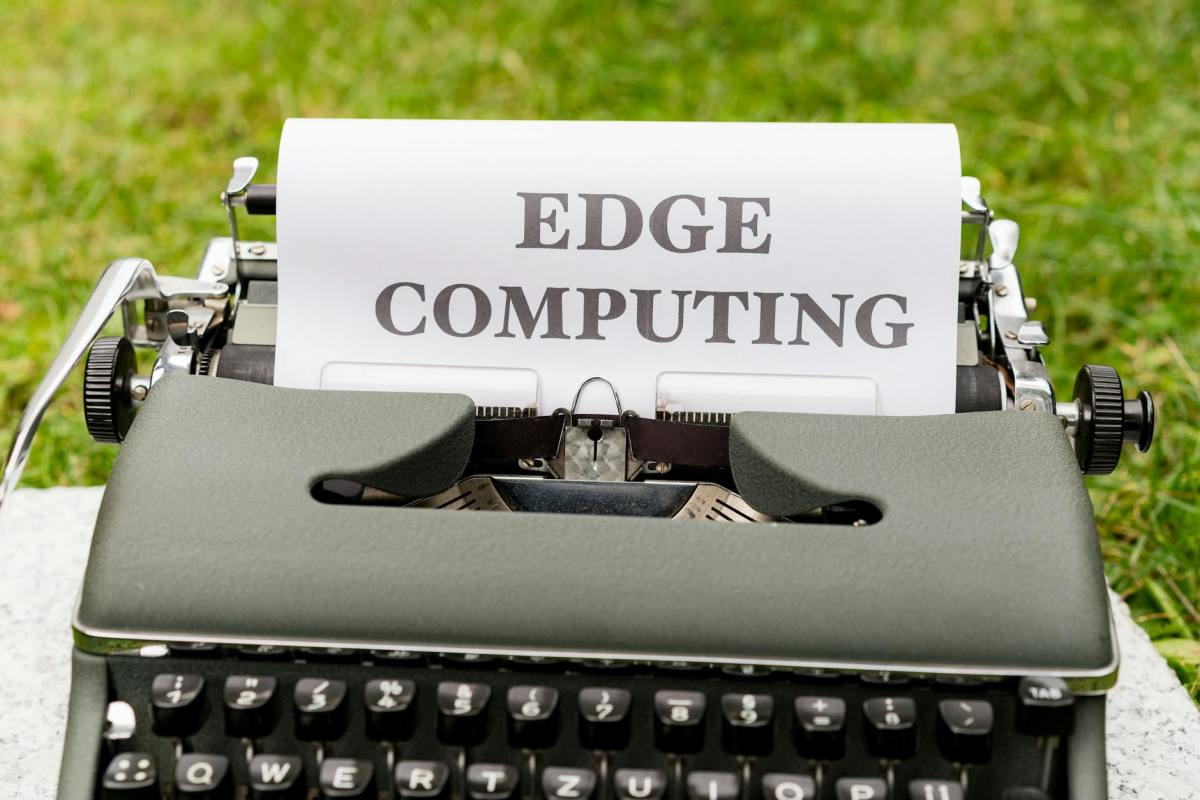Edge computing: what it is
Edge computing refers to technology that brings computing as close as possible to the source of data, thereby reducing both latency and bandwidth usage.
Seen as something set to revolutionise the way humans and devices connect across the network, edge computing runs fewer processes in the cloud and moves them to local environments, such as personal computers or IoT devices.
This technology, also known as edge computing, can be a complex concept to explain, but its applications are easier to understand.
Collected data is sorted locally and separates data that can be processed on the spot, thus minimising both data traffic and the need to send it. In other words, in edge computing, data is processed at the edges of a network and only part of it is sent to the central directories.
Why is edge computing important?
The vast amount of data created, processed and shared by enterprises around the world was previously stored on internal, independently managed equipment and is now stored through external providers thanks to the prevalence of cloud computing.
As discussed above, edge computing provides computing capabilities that enable higher performance and lower latency.
This is why, according to experts, edge computing is of growing importance. In fact, estimates are that we are looking at an estimated global business of $33.7 billion by 2025.
This is why telecommunications companies are particularly relevant when it comes to providing these services from the locations where the network is hosted, offering a true experience of this technology.
Edge computing applications: the example of the connected car
This technology harnesses the computing power of devices to provide deep insight and drive innovation by improving quality and increasing value.
Edge computing’s ability to bring data processing as close as possible to the devices that generate it, for example, will allow connected cars to anticipate various incidents with greater speed thanks to cameras and sensors that will monitor the visual environment of the car itself and traffic in real time.
It is estimated that a connected vehicle can generate more than 300 TB of information per year, so the possibility of operations being completed as close as possible to the device (in this case the car) can significantly help road safety.
Benefits of edge computing
The combination of edge computing with near-zero latency allows services to be brought to the cloud that until now have needed to run on devices or on a local intranet, thereby saving costs and enabling faster deployment.
Bringing processing power as close to where the data is being generated as possible allows server capabilities to be virtualised and enables processing power to occur on those edge devices.
The advantage that edge computing offers is that by moving capabilities that were previously located further away (on a server in the cloud), similar functions can increase speed, reduce latency and thus multiply the possibilities.
Thus, the benefits of low latency are combined with the flexibility, availability, scalability and efficiency of the cloud.
Another advantage of this technology is that it increases risk control by facilitating the administration of networks, thereby reducing the number of failures that can occur in local sub-networks.
Likewise, by having its own infrastructure, edge computing enables consistent management of applications in both the private cloud and the public cloud.
Telefónica, world leader in edge computing
Telefónica has been recognised by Analysys Mason as a world leader for the vision and execution of the edge computing proposition offered by Telefónica Tech.
The firm highlights that ‘Telefónica has invested heavily […] and deployed a public industrial edge that makes it unique among the operators analysed’, as well as noting that the operator has a strong and well-established systems integration business, being the first to enter private networks.
Telefónica is also identified as one of five early movers that have commercialised edge nodes before 2020.










